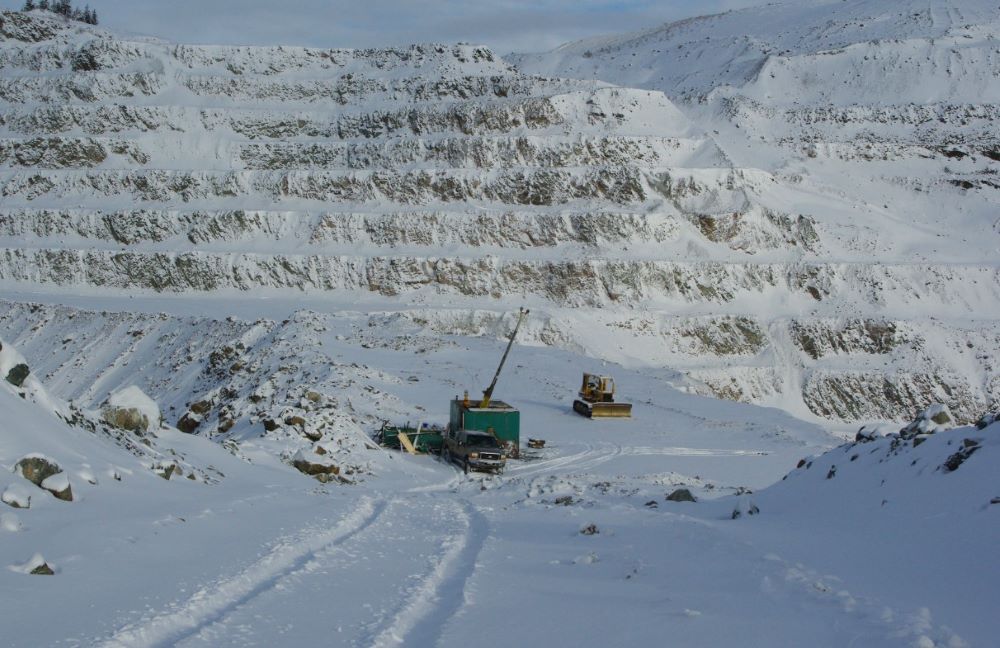Mining hidden dollars with enterprise asset management systems (EAM)
Many mining companies usually relay on one particular enterprise software provider to help them keep track of their capital assets. But since recent changes in the providers market, several customers are moving over to other kind of solutions, such as SAP, including industry leaders BHP Billiton and Rio Tinto.
Migrating over to a new enterprise asset management solution can be very risky and costly, says Arvind Singh, CEO of Illinois-based Utopia, a enterprise solutions provider. That is why the company hast put together a special paper to guide its potential customers in the process.
It is no secret that deploying EAM applications is smart business, says the document. With the right platform, an enterprise can dramatically improve availability of its manufacturing assets – a key factor in long-term success, particularly for heavy industry.
However, what many do not realize is that even after deploying world-class EAM software, substantial hidden dollars and unrealized value remain uncovered. Yes, even with the most advanced and sophisticated EAM application, many projects still stumble due to one factor – bad data.
Significant value in EAM implementations lies hidden within data quality issues, regardless of the EAM software chosen by an enterprise. The reason is not bad software. The reason is incomplete or irrelevant data.
- Bad data contributes to unplanned downtime, resulting in millions in lost revenue
- Bad data exposes the company to regulatory fines, occuring once or multiple times
- Bad data results in excessive or insufficient spare part inventories
- Bad data delays the company integration vital to obtaining merger and acquisition (M&A) synergies
Oil and Gas
A major oil and gas supplier was faced with a refinery upgrade and conversion project. The project encompassed 75,000 engineering documents and an equal number of vendor documents. Combined with these paper and electronic documents, approximately 75,000 data objects (information about the refinery equipment) needed to be added or changed in the SAP plant maintenance (PM) database. In addition, another 10,000 data objects required updated BOM and material masters.
Large quantities of equipment had been procured as packages, and these higher order assemblies did not include descriptions of the lower order components. For example, a “pump skid” entry in the equipment database did not represent the sub-elements at a finer granularity, such as valving, controls, electrical switches, etc. All of these items represented a potential future equipment failure with no registered maintenance. Thus only 30% of the required data for the refinery upgrade were available from the procurement databases. The rest needed to be mined from subsystem documents.
In response to the increased data demands, the refiner realized it needed to increase the types of assets to be managed in the ERP system, but was faced with a potential lag of 14 months between commissioning the refinery and completion of data collection for the electronic product code (EPC) database.
Data for over 50,000 tags needed to be collected from the vendors.
Following the field data collection process outlined above, the data capture and migration program was implemented in time to avoid the 14 month lag, and resulted in $1 million in “cost avoidance” for the refiner. It provided numerous additional operational and data management benefits, such as creation of a spare parts interchangeability record (SPIR) and providing functional location information for equipment tags.
For further information on Utopia’s data consulting and services pertaining to EAM please contact us at info@utopiainc.com.
Utopia is an SAP® services partner in the SAP PartnerEdgeTM program and an SAP gold partner in the SAP Consulting Partner Program for North America. North America Services Partner of the Year 2010 and a Gartner “Cool Vendor in Application Services, 2011.”
More News
{{ commodity.name }}
{{ post.title }}
{{ post.date }}



Comments